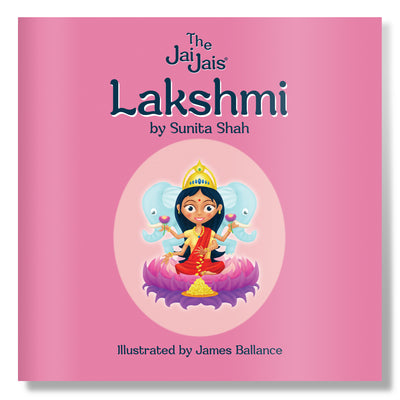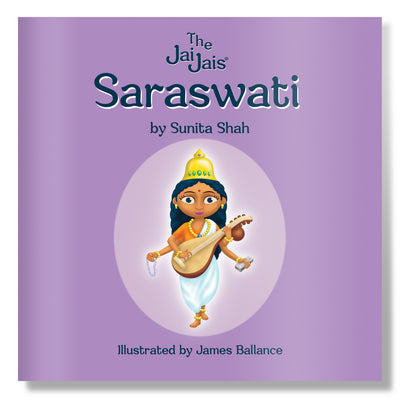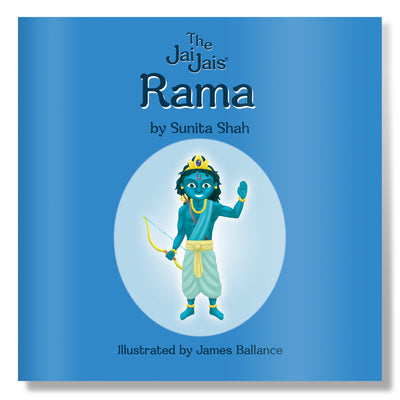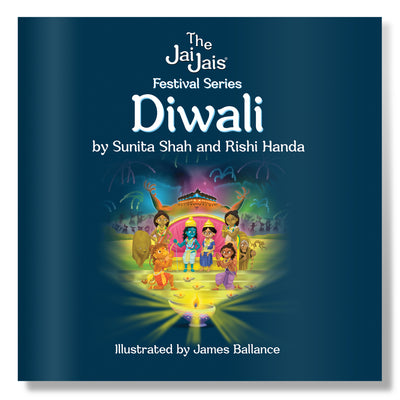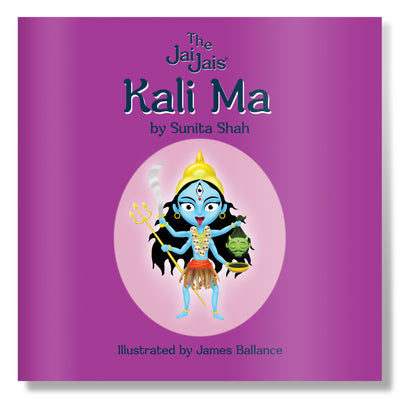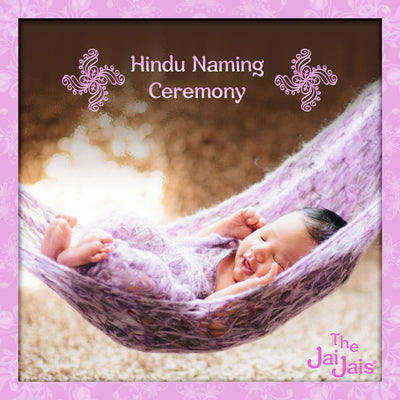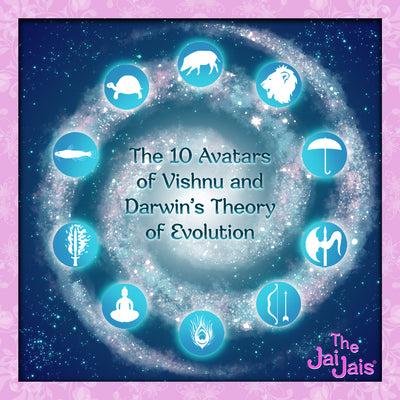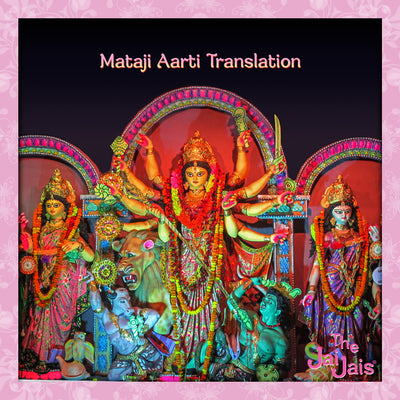Illustrating the Ramayana has been by far the most rewarding and interesting book to produce in The Jai Jais series. Sunita and Rishi knew from the beginning that they wanted to create the book for an older age range than what we have aimed for in the past, with a more 'comic book' aesthetic. This was very exciting for me as it would allow me for the first time to draw in a style that is closer to my own. The Ramayana is the first in our new “Legendary Series” and it was important to me that the images paid full respect to the original sacred text, the same way I know the authors had done when reinterpreting the text for younger audiences.
The book's development started the same way as all the other books, where I sit down with the authors face-to-face to go through the book. They tell me which are the most relevant parts, what pictures they would like to see and how they want them represented. My approach to illustrating children's books always starts with the text always coming first, and where the images are used compliment the narrative.

Where the Ramayana differs most from our previous titles is its length and ambition. Prior to this the longest we had produced were the Diwali and Holi books in the Festival Series. The Ramayana is three times as long, with bigger and more detailed images than anything we have done before.
As I do with the other books, I started by sketching out the entire book as thumbnails. Once this was done I began drawing the characters with pen and ink. The design of the characters was heavily influenced by images gathered by Rishi and Sunita.
My favourite characters to draw in any of the books are always the demons. I like pointed teeth, rolls of fat, drooping skin, twisting muscles, matted fur, dripping drool, and furrowed brows. Whilst growing up I was greatly inspired by the more traditional religious representations of Blake, Bosch, and Goya. Nower days I look towards Mike Mignola and his Hellboy comic books. I am also a big fan of Neil Gaiman, in particular his Sandman stories. Another major recent influence on my work has been the 2018 God Of War game, which delves heavily into Norse mythology.
As soon as all the characters are drawn I scan them into the computer and put all the images together on photoshop to create a rough versions of the pages. The key thing always being to make sure that the text remains prominent and clear, meaning that the image must be composed around it as opposed to squeezing the text into the image.
Once everyone is happy with it at this stage I then, one by one, start filling in the images. All the colouring and rest of the drawing is done on the computer using a graphics drawing monitor, which is essentially a monitor that you use a stylus to draw on. The reason I draw the characters with pen and paper is that I still find I am able to generate more personality and energy with my designs when put down on paper. This is probably because there is a fiction and relationship between the pen and the paper that gives more character to your line, which is unable to be replicated when drawing straight onto the smooth surface of a screen. There is also the added bonus of having something physical at the end to show of the book's development, which is so often lost with digital production methods.
Once all the colouring was done and the cover design was finalised, I sent of the PDF of the book to be proofed. This is where the book has a print test to see if all the colours are correct, to spot any mistakes, and do any final edits to the text. When something is printed it can look very different from the original (especially to the artist), that is when you work very hard with the printer (who is especially patient) at making sure the digital and physical versions match the best they can. This is achieved by doing several proofs and adjusting them each time till you are happy.
Once everyone had signed off on the final version, the book was then sent off to be printed and turned into books that we hope is used to help teach young people more about the Hindu religion, and inspire them to explore their spirituality further.
By James Ballance

